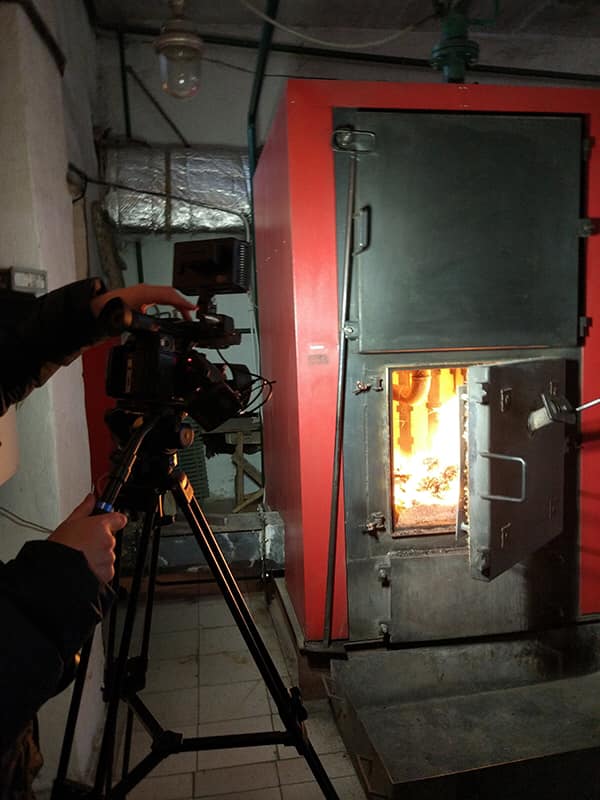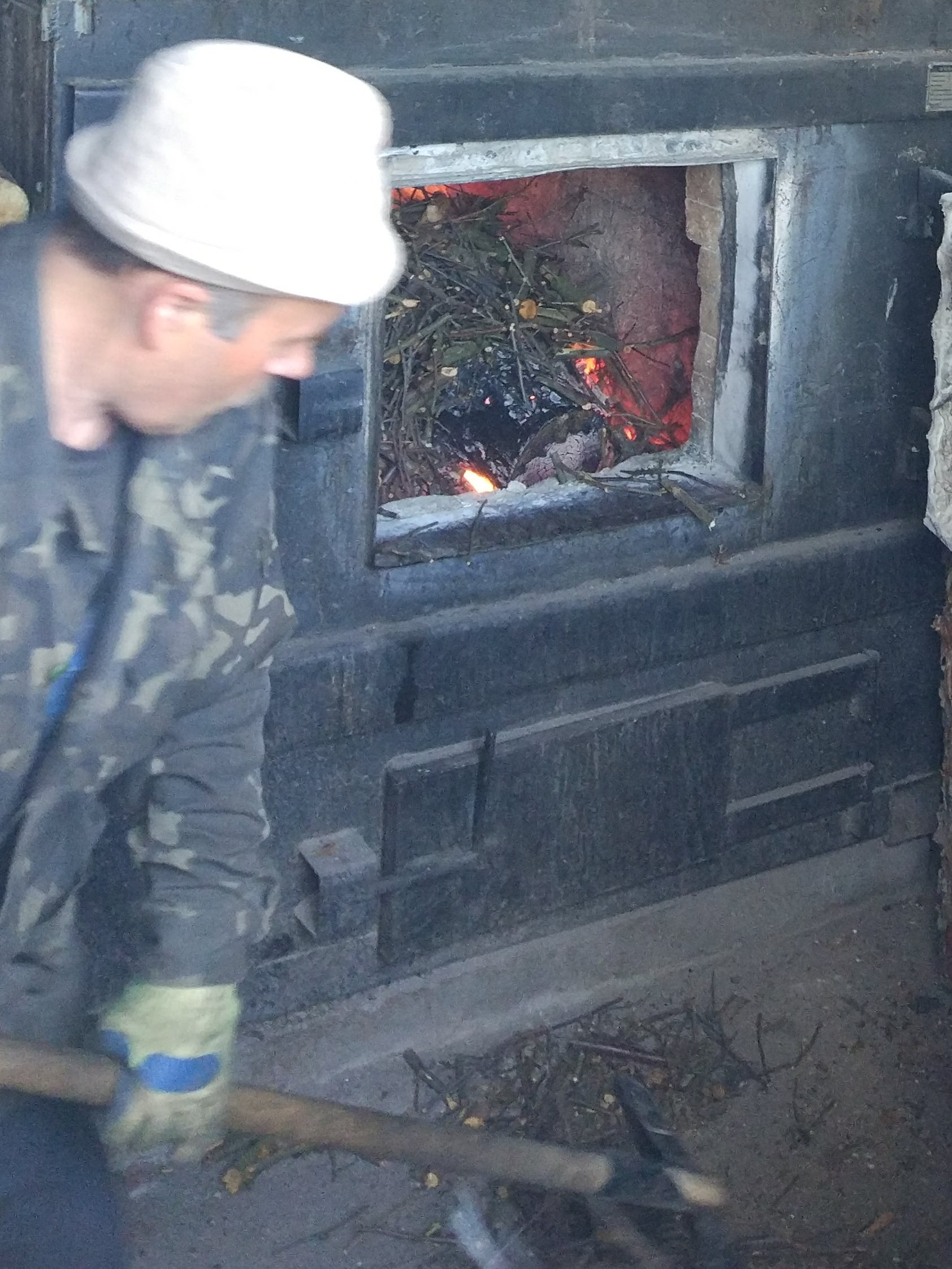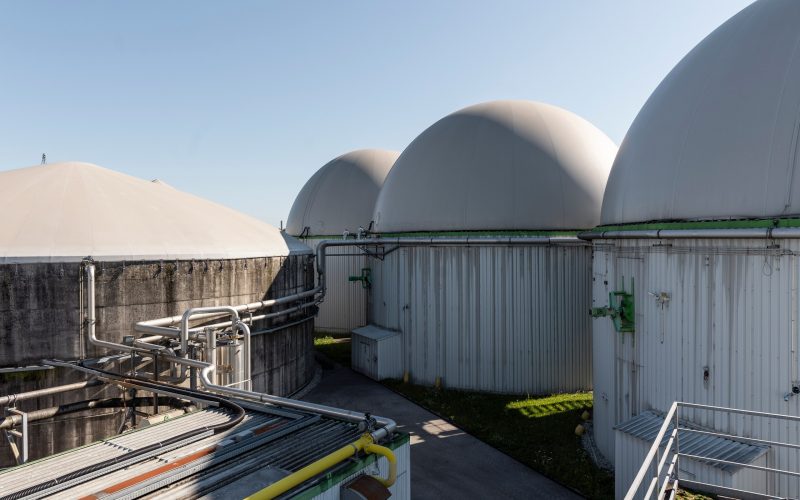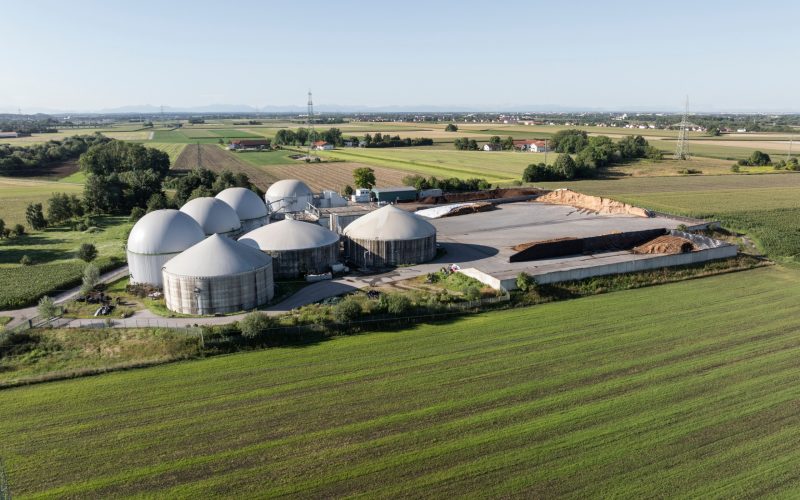Burn the RIGHT WOOD in the RIGHT WAY on the RIGHT EQUIPMENT


US Environmental Protection Agency’s (EPA) program “Burn Wise” provides information about the best wood-burning practices that are based on these three components.
Properly installed, correctly used wood-burning appliances should have allowable emissions. If you see black smoke, you have a problem.
We have prepared a brief overview of the basic aspects:
Building a Fire
An efficient fire requires good firewood, using the right wood in the right amount, and good fire building technique. Get the best efficiency from your wood stove or fireplace using the following steps:
- Step 1: Season wood for at least six months.
- Step 2: Store wood outdoors, off the ground, with the top covered.
Wood burns best at a moisture content of less than 20 percent. Test wood with a wood moisture meter before you burn it.
Buy and burn locally cut firewood to decrease the risk of transporting invasive forest pests to your property.
Burn only dry, split, well-seasoned wood. Properly seasoned wood is darker, weighs less, and sounds hollow when hit against another piece of wood
EPA Burn Wise
Safe Wood-Burning Practices
When using your wood burning appliance, follow these guidelines for safe operation:
- Keep flammable items, like curtains, furniture, newspapers, and books, away from your appliance.
- Only use newspaper, dry kindling, and all-natural or organic fire starters. Never start a fire with gasoline, kerosene, or charcoal starter.
- Do not burn wet or green (unseasoned) wood.
- Many wax and sawdust logs are made for open hearth fireplaces only. Check your wood stove or fireplace insert operating instructions before using artificial logs.
- If you use manufactured logs, choose those made from 100 percent compressed sawdust.
- Build hot fires. For most appliances, a smoldering fire is not safe or efficient.
- Keep the doors of your wood-burning appliance closed unless loading or stoking the live fire. Harmful chemicals, like carbon monoxide, can be released into your home.
- Regularly remove ashes into a covered, metal container. Store the container outdoors on a nonflammable surface.
- Keep a fire extinguisher handy.
Keep in touch. In the next article we will tell about what not to burn.


